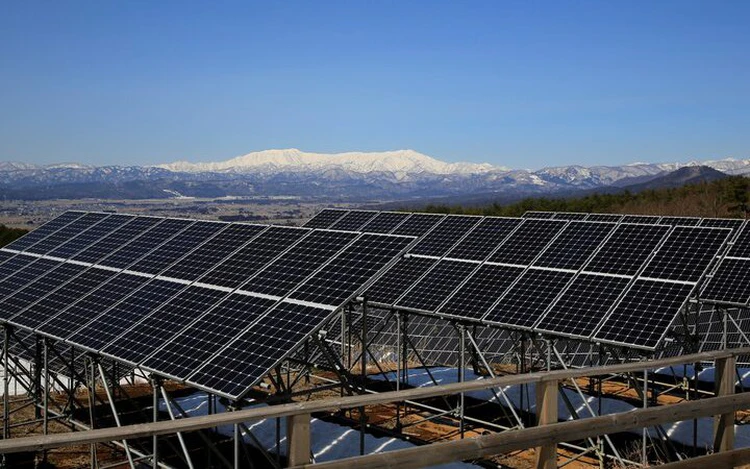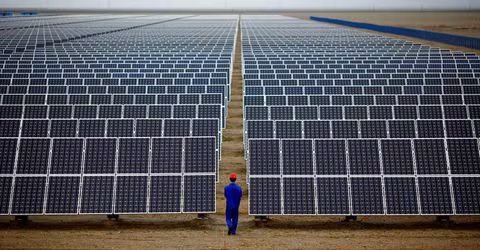
Aizu Electric Power's Oguni solar power station is pictured in Kitakata, Fukushima Prefecture, Japan, March 7, 2021. Photo: Reuters
The target will be included in a medium-term plan for strengthening national resilience to be adopted as early as June, informed sources said. The government previously aimed to install such systems at 1,000 shelters by fiscal 2025, which ends next March.
There are some 82,000 designated disaster shelters in Japan, of which some 30,000 don't have emergency power generators such as renewable energy systems.
The move comes after it was deemed essential to make disaster shelters safer and more secure for people who may have to stay there for a long time.
Ahead of the 10-year target, the government will plan to install renewable energy systems at 2,500 shelters by fiscal 2030.
The Environment Ministry is looking at increasing fiscal 2026 funding for local governments to install renewable energy systems at public facilities that can be used as shelters in the event of a disaster.
The ministry earmarked a combined amount of some four billion yen for such efforts under the government's full budget for fiscal 2025 and the supplementary budget for fiscal 2024.



Max: 1500 characters
There are no comments yet. Be the first to comment.